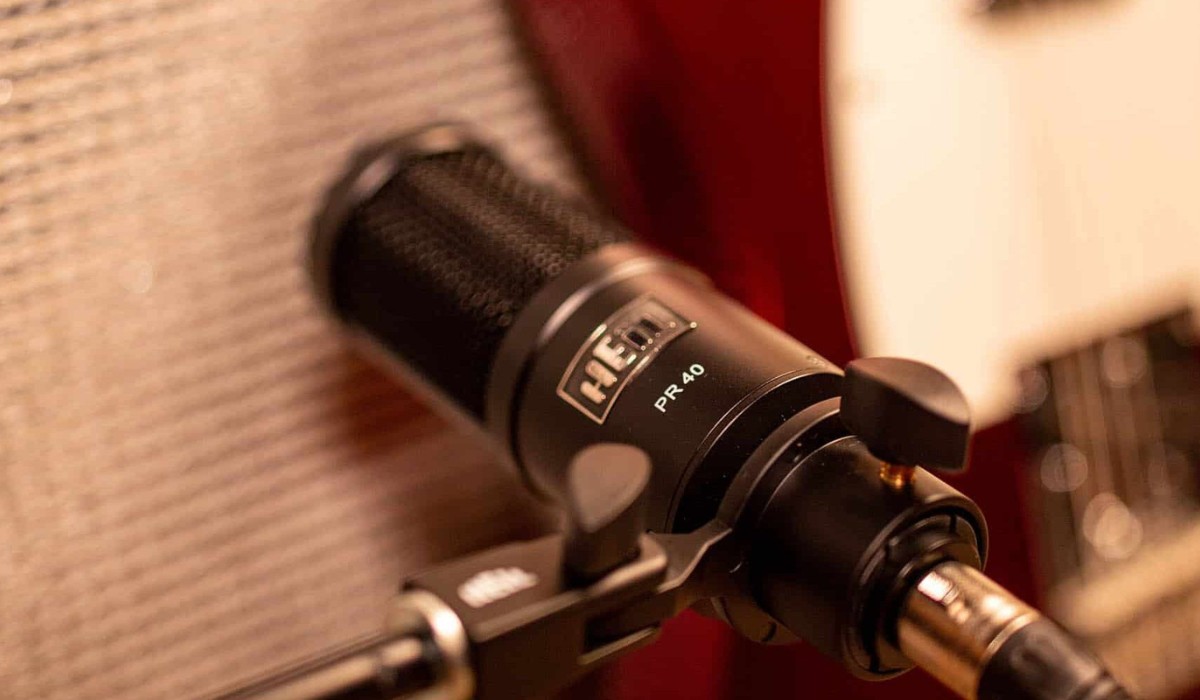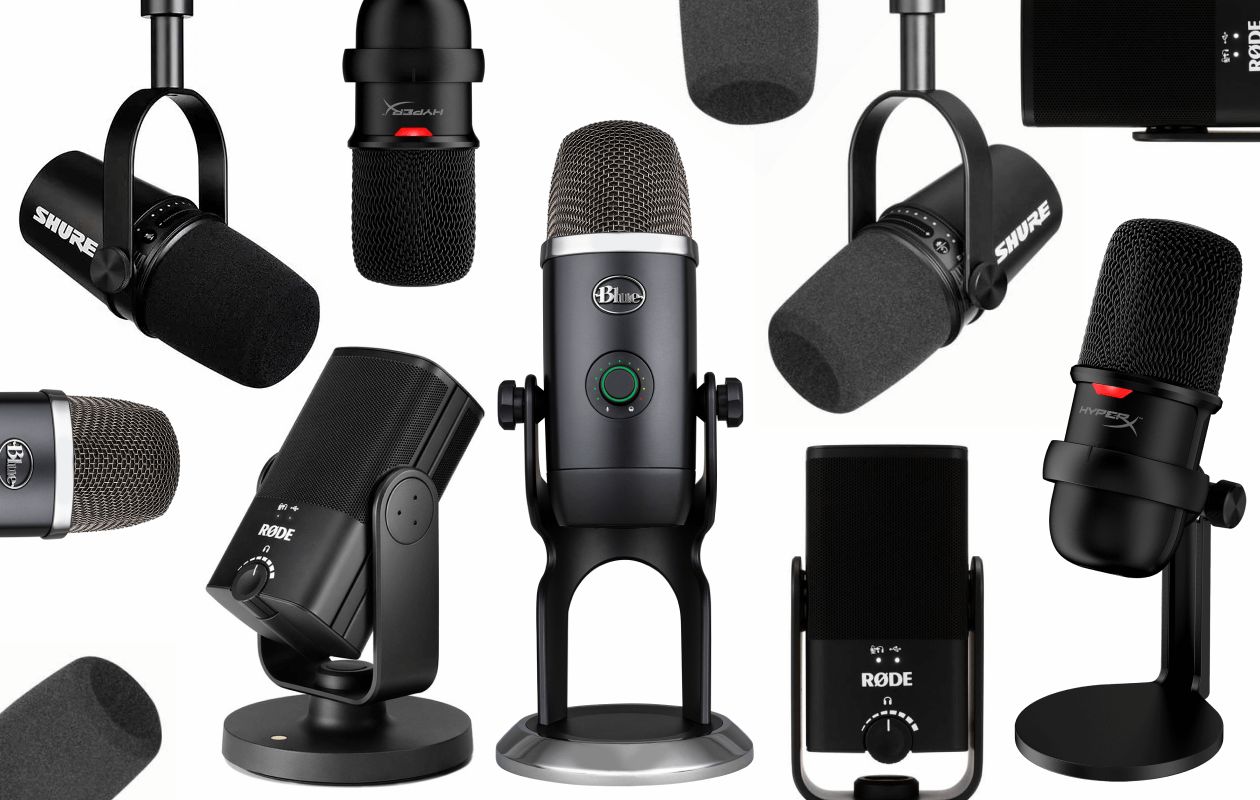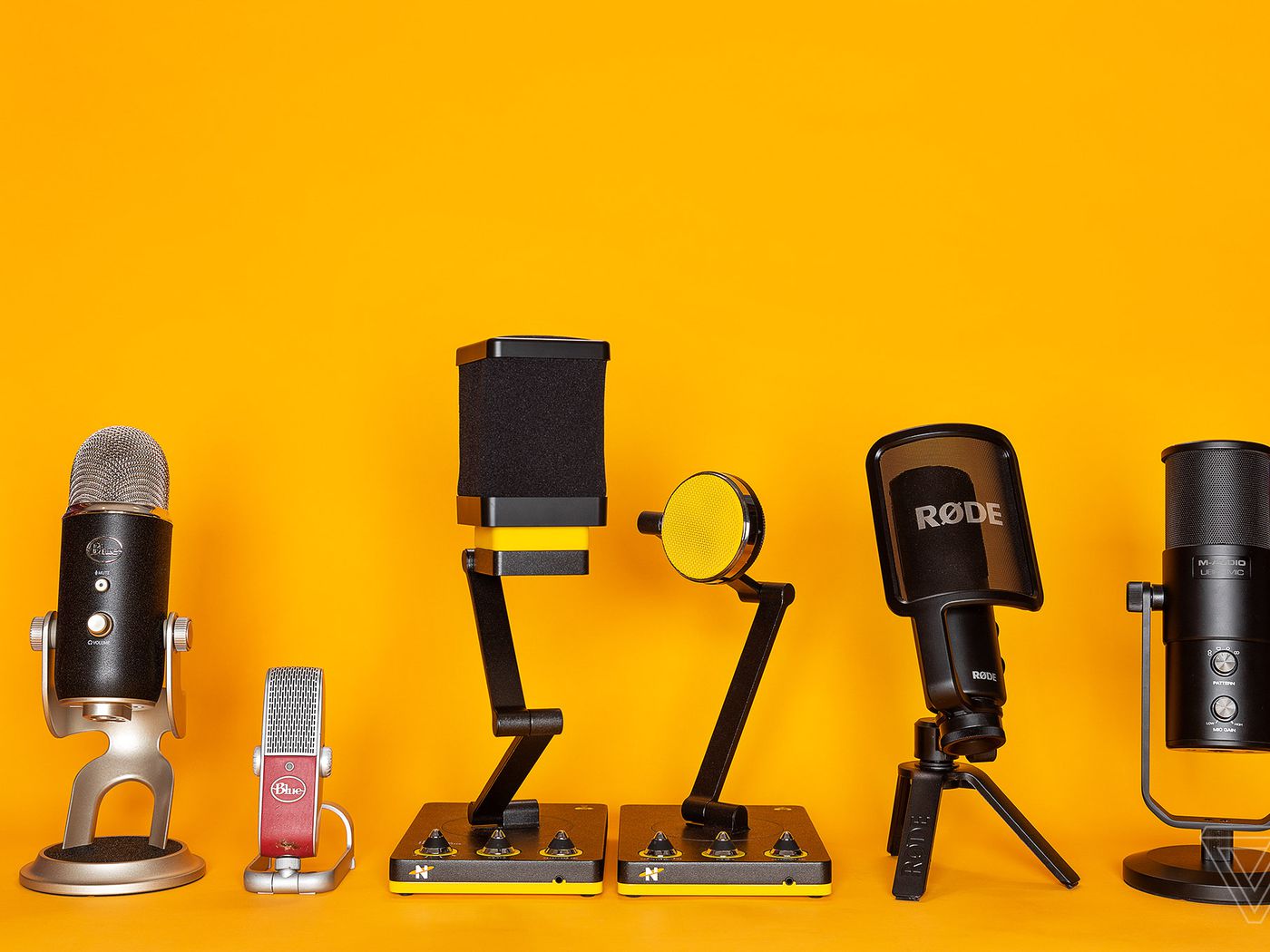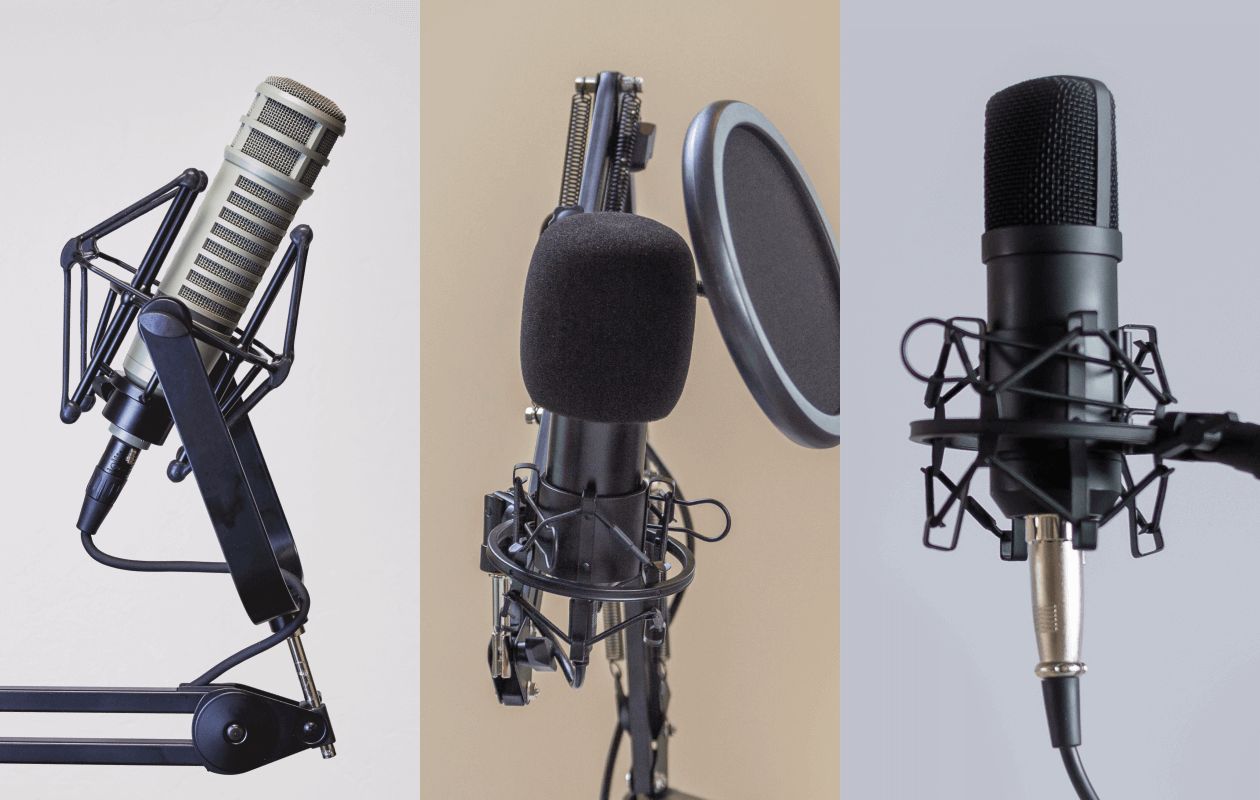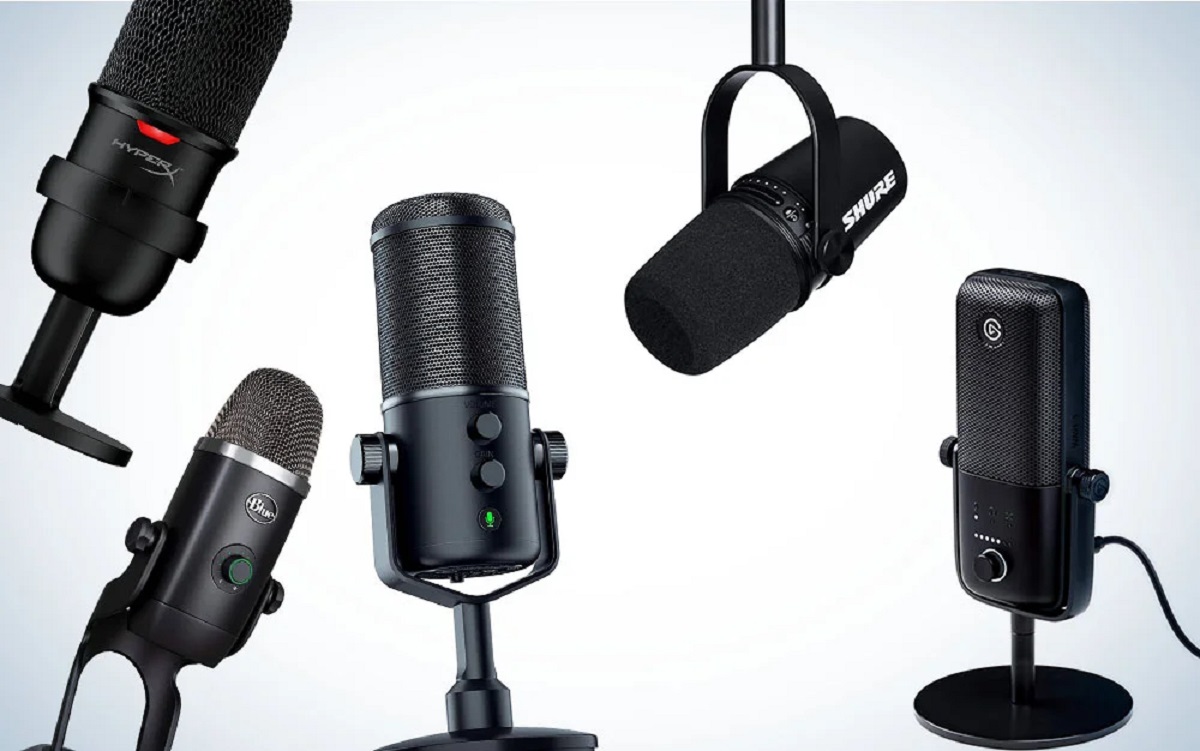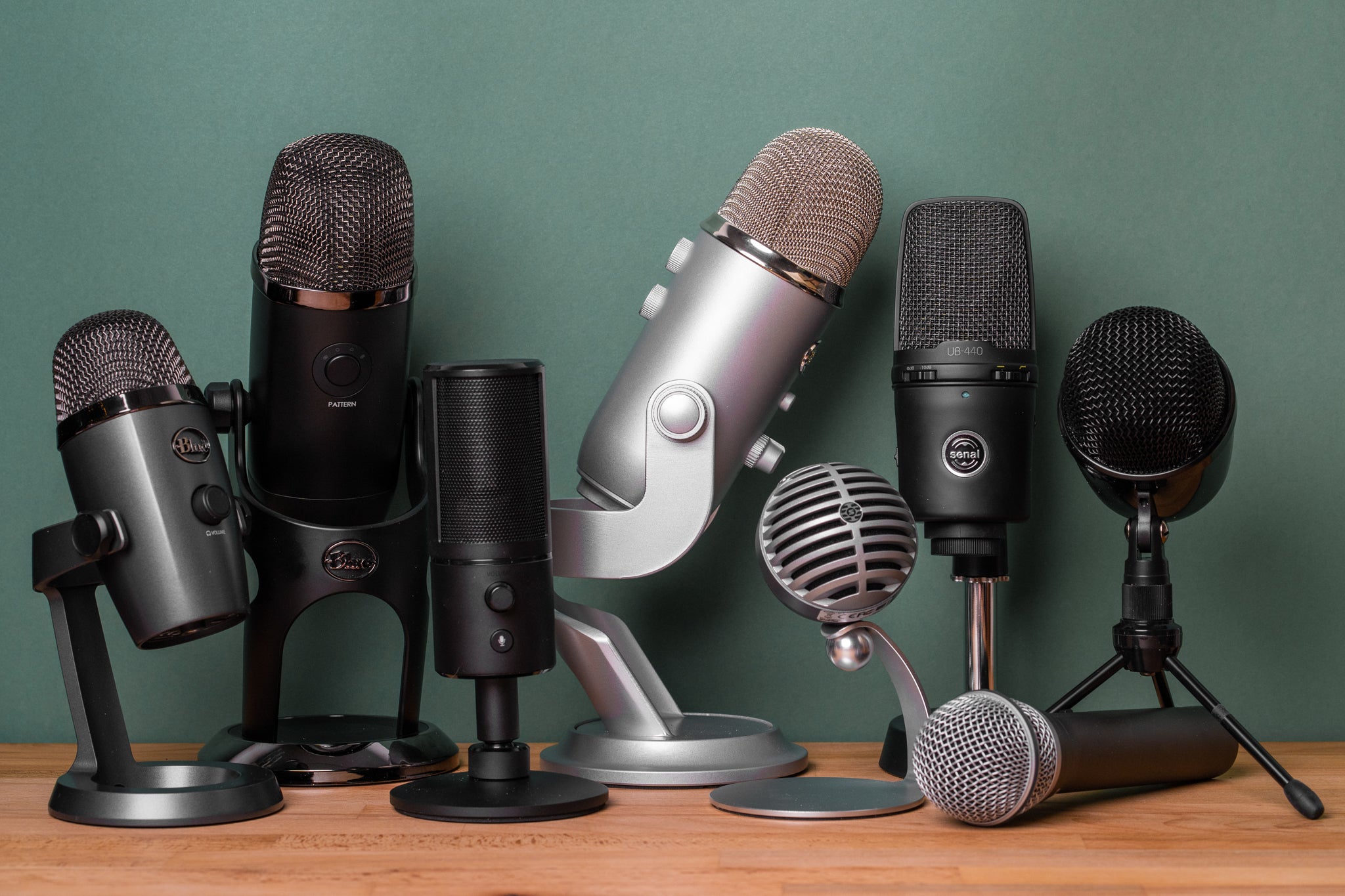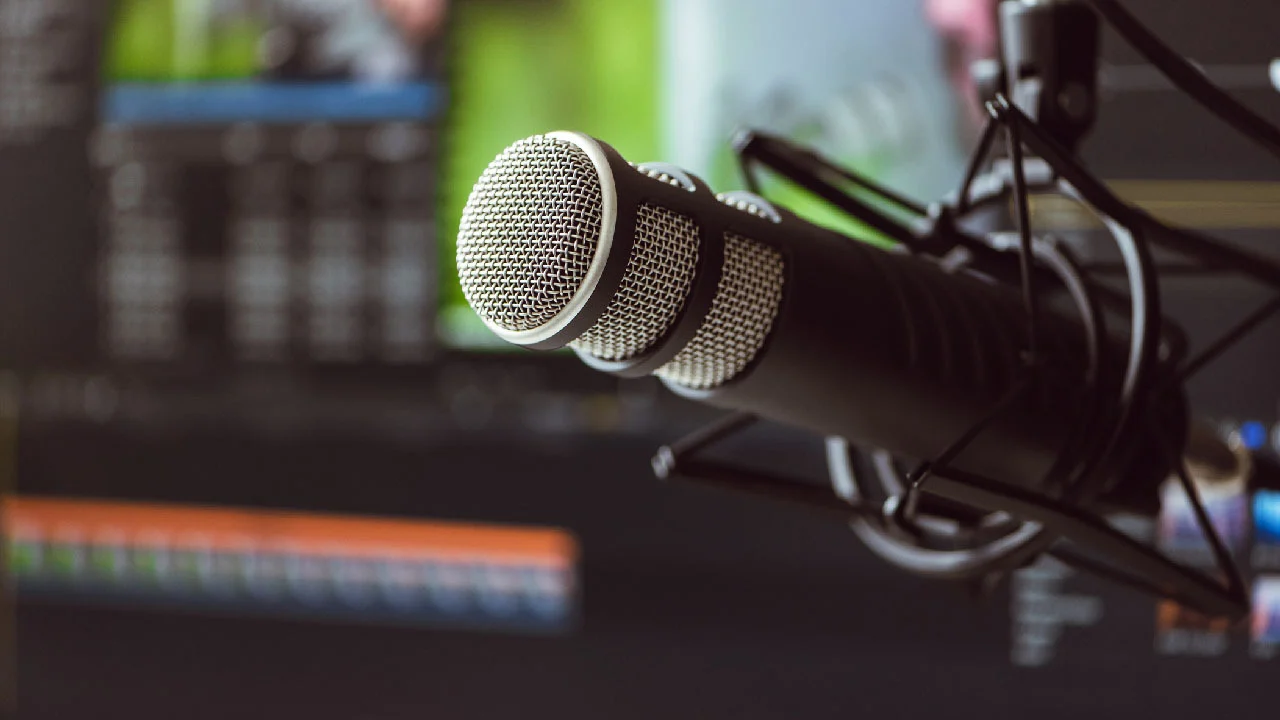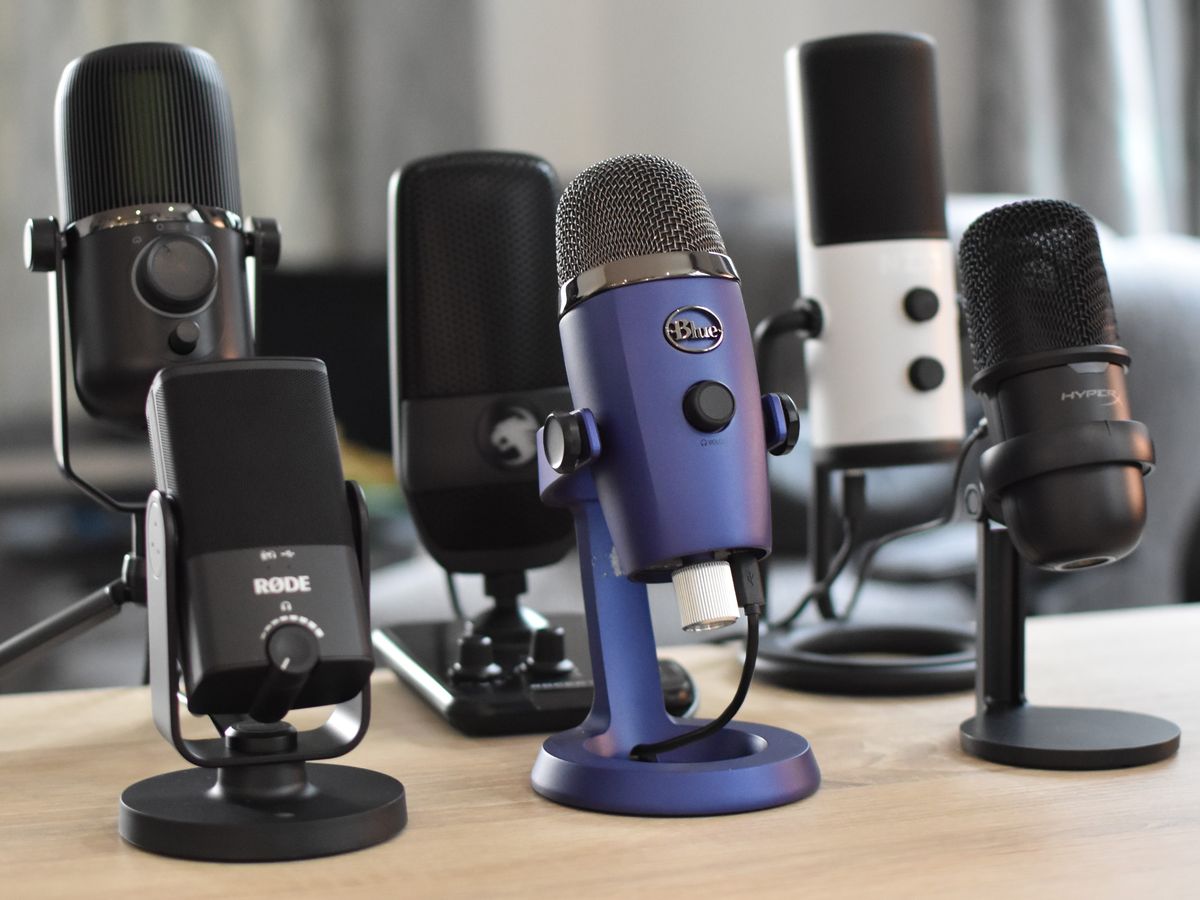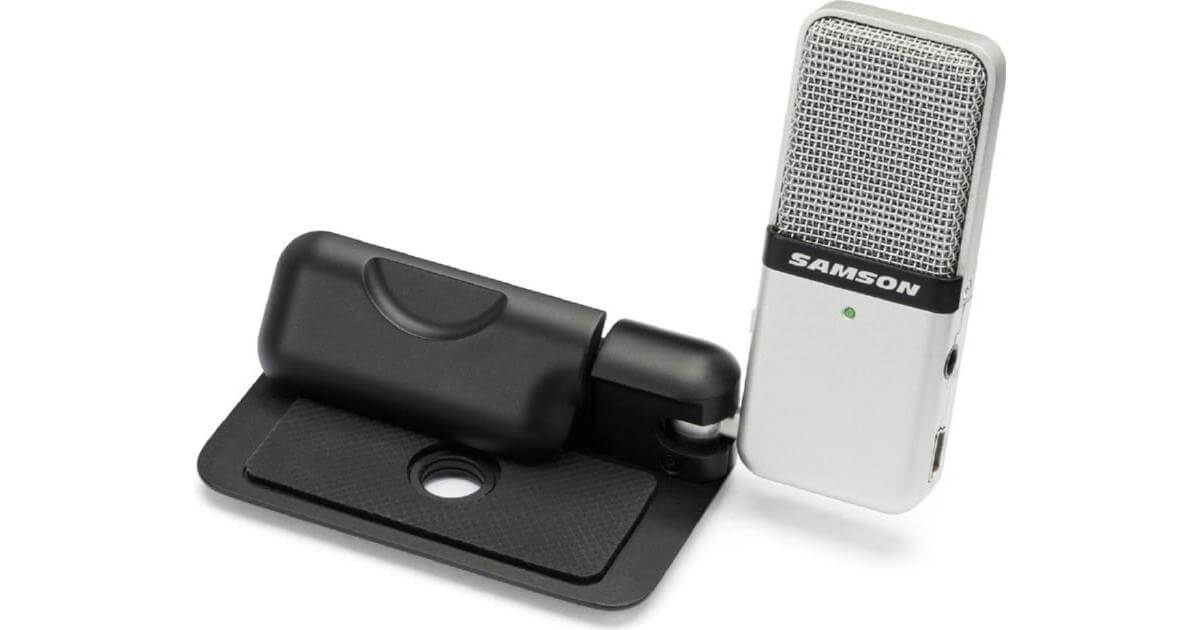Introduction
Are you tired of the frustrating background noise that your condenser microphone picks up while you're recording? The clacking of the keyboard can be particularly intrusive, disrupting the clarity of your audio recordings. Whether you're a podcaster, a gamer, or a content creator, the unwanted sound of your keyboard can diminish the quality of your content. But fear not! There are several effective strategies to minimize or eliminate this nuisance and ensure that your recordings are crisp and professional.
In this comprehensive guide, we will explore various techniques and solutions to prevent your condenser microphone from picking up keyboard noise. From practical tips for minimizing keyboard noise to the use of noise reduction software and selecting the right microphone, we've got you covered. By implementing these strategies, you can elevate the quality of your recordings and provide your audience with an immersive and distraction-free listening experience.
Let's delve into the world of condenser microphones and keyboard noise, and discover the tools and methods that will help you achieve pristine audio recordings.
Understanding the Problem
Before delving into solutions, it’s crucial to understand why condenser microphones are prone to picking up keyboard noise. Condenser microphones are highly sensitive and designed to capture a broad range of frequencies with exceptional clarity. While this sensitivity is advantageous for capturing vocals and instruments, it also means that they can inadvertently pick up ambient sounds, such as keyboard typing, mouse clicks, and other environmental disturbances.
The proximity of the microphone to the keyboard further exacerbates this issue. As the sound waves from the keyboard travel through the air, they can be easily captured by the microphone, resulting in unwanted background noise in your recordings. Additionally, the mechanical nature of keyboard switches and keycaps can produce sharp, percussive sounds that are particularly intrusive in audio recordings.
Furthermore, the acoustic properties of the recording environment play a significant role in the extent to which keyboard noise is captured. Room reflections, reverberations, and the presence of hard surfaces can contribute to the propagation of keyboard noise, making it challenging to achieve pristine audio quality.
Understanding the root causes of this problem empowers us to explore effective strategies for mitigating keyboard noise and optimizing the recording environment. By addressing these underlying factors, we can take proactive steps to minimize the impact of keyboard noise on condenser microphone recordings.
Tips for Minimizing Keyboard Noise
Minimizing keyboard noise during recordings requires a combination of practical adjustments and thoughtful techniques. Here are some effective strategies to reduce or eliminate the disruptive impact of keyboard noise on your condenser microphone recordings:
- Strategic Microphone Placement: Position your condenser microphone away from the direct path of keyboard sound waves. Placing the microphone at an angle or using a microphone isolation shield can help minimize the pickup of keyboard noise.
- Invest in a Mechanical Keyboard with Quiet Switches: Consider using a mechanical keyboard with quiet switches, such as Cherry MX Silent Red or Brown switches. These switches produce less audible noise during typing, reducing the likelihood of keyboard sounds being picked up by the microphone.
- Use a Shock Mount or Isolation Mount: Mounting your microphone on a shock mount or isolation mount can significantly reduce the transmission of keyboard vibrations to the microphone, minimizing the impact of typing sounds on your recordings.
- Employ Noise-Dampening Materials: Utilize acoustic foam panels, soundproofing blankets, or portable vocal booths to dampen ambient noise and minimize the transmission of keyboard sound waves to the microphone.
- Optimize Typing Technique: Practice a lighter typing touch and consider using silicone or rubber keycap dampeners to reduce the impact noise of key presses. A softer typing approach can help minimize the intensity of keyboard sounds picked up by the microphone.
- Utilize Noise Gates: Implement noise gate settings in your recording software to automatically attenuate or mute the microphone signal when the input falls below a certain threshold. This can effectively suppress keyboard noise during pauses in speech or when the microphone is not in use.
By implementing these practical tips and techniques, you can significantly reduce the impact of keyboard noise on your condenser microphone recordings, resulting in cleaner and more professional audio content.
Using Noise Reduction Software
When facing persistent keyboard noise issues in your recordings, leveraging noise reduction software can serve as a powerful tool to enhance the quality of your audio. These software solutions are designed to identify and suppress unwanted background noise, including keyboard sounds, without compromising the integrity of the primary audio content. Here are key considerations and steps for effectively utilizing noise reduction software:
- Choose the Right Software: Select a reputable noise reduction software that offers customizable settings and precise control over noise suppression. Popular options include Adobe Audition, Audacity, and iZotope RX.
- Identify Keyboard Noise Profiles: Use the software’s spectral analysis tools to identify and analyze the specific frequencies and patterns associated with keyboard noise in your recordings. Understanding the unique characteristics of the keyboard noise will enable you to apply targeted noise reduction techniques.
- Apply Noise Reduction Filters: Utilize the software’s noise reduction filters and spectral editing capabilities to isolate and attenuate the frequencies corresponding to keyboard noise. By applying these filters selectively, you can effectively reduce the prominence of keyboard sounds while preserving the clarity of the desired audio signals.
- Adjust Thresholds and Sensitivity: Fine-tune the noise reduction settings, including threshold levels and sensitivity controls, to achieve optimal noise suppression without introducing artifacts or affecting the natural tonality of the audio. Experiment with different settings to find the balance between noise reduction and audio fidelity.
- Utilize Multi-Band Processing: Some advanced noise reduction software offers multi-band processing, allowing you to target specific frequency ranges affected by keyboard noise. This granular approach enables precise control over noise reduction across the audio spectrum.
- Regular Monitoring and A/B Testing: Continuously monitor the impact of noise reduction processing on your recordings and engage in A/B testing to compare the original and processed audio. This iterative approach ensures that the noise reduction software effectively mitigates keyboard noise while maintaining the overall quality of the audio content.
By leveraging noise reduction software with precision and discernment, you can effectively diminish the presence of keyboard noise in your condenser microphone recordings, resulting in polished and professional audio output.
Choosing the Right Microphone
When striving to minimize keyboard noise in your recordings, selecting the appropriate condenser microphone can significantly influence the overall audio quality and the microphone’s susceptibility to picking up unwanted background sounds. Consider the following factors when choosing a microphone that is conducive to reducing keyboard noise:
- Directional Polar Patterns: Opt for condenser microphones with directional polar patterns, such as cardioid or supercardioid, which prioritize sound capture from specific angles while minimizing ambient noise from the sides and rear. This focused pickup pattern can help reduce the capture of keyboard noise, especially when positioned strategically.
- Low Self-Noise Specifications: Look for microphones with low self-noise ratings, typically expressed in decibels (dB). A lower self-noise specification indicates that the microphone’s inherent noise levels are minimal, reducing the likelihood of amplifying keyboard sounds and other environmental disturbances during recordings.
- Extended Frequency Response: Choose a condenser microphone with an extended frequency response that aligns with the intended audio content. A broader frequency range allows for detailed capture of vocals and instruments while potentially minimizing the emphasis on keyboard noise frequencies, contributing to cleaner recordings.
- Integrated Shock Mounts: Consider microphones equipped with integrated shock mounts or suspensions that mitigate the transmission of mechanical vibrations, including keyboard-induced vibrations, to the microphone diaphragm. This feature can aid in reducing the impact of typing sounds on the recorded audio.
- External Pop Filters and Windscreens: Select microphones that are compatible with external pop filters and windscreens. These accessories can attenuate plosives and high-frequency transients, as well as serve as a barrier against keyboard noise, contributing to improved audio clarity.
- Proximity Effect Management: Assess how the microphone handles proximity effect, which refers to the increase in bass response when the microphone is close to the sound source. Managing proximity effect can help mitigate the emphasis on low-frequency keyboard sounds, especially when the microphone is positioned near the keyboard.
By carefully considering these microphone attributes and features, you can make an informed decision when selecting a condenser microphone that is conducive to minimizing keyboard noise and optimizing the quality of your recordings.
Conclusion
Addressing the challenge of preventing a condenser microphone from picking up keyboard noise is a multifaceted endeavor that encompasses strategic adjustments, technological solutions, and informed equipment choices. By implementing the strategies outlined in this guide, you can effectively mitigate the impact of keyboard noise on your recordings and elevate the overall quality of your audio content.
Understanding the inherent sensitivity of condenser microphones and the acoustic dynamics of keyboard noise is essential for devising effective countermeasures. From optimizing microphone placement and utilizing noise reduction software to selecting microphones with tailored features, each approach contributes to a comprehensive strategy for minimizing keyboard noise.
Furthermore, the conscientious application of these techniques empowers content creators, podcasters, musicians, and audio professionals to deliver polished and immersive audio experiences to their audiences. By prioritizing the reduction of keyboard noise, you can enhance the clarity, professionalism, and impact of your recordings, fostering a more engaging and enjoyable listening environment.
As you embark on your journey to refine your audio recordings and conquer the challenges posed by keyboard noise, remember that patience, experimentation, and attention to detail are key allies in achieving optimal results. Embrace the dynamic interplay between technology and technique, and tailor your approach to suit the unique characteristics of your recording environment and equipment.
By leveraging the insights and strategies presented in this guide, you are poised to conquer the pervasive issue of keyboard noise and unlock the full potential of your condenser microphone recordings, ultimately enriching your audio endeavors with pristine, professional-quality sound.







